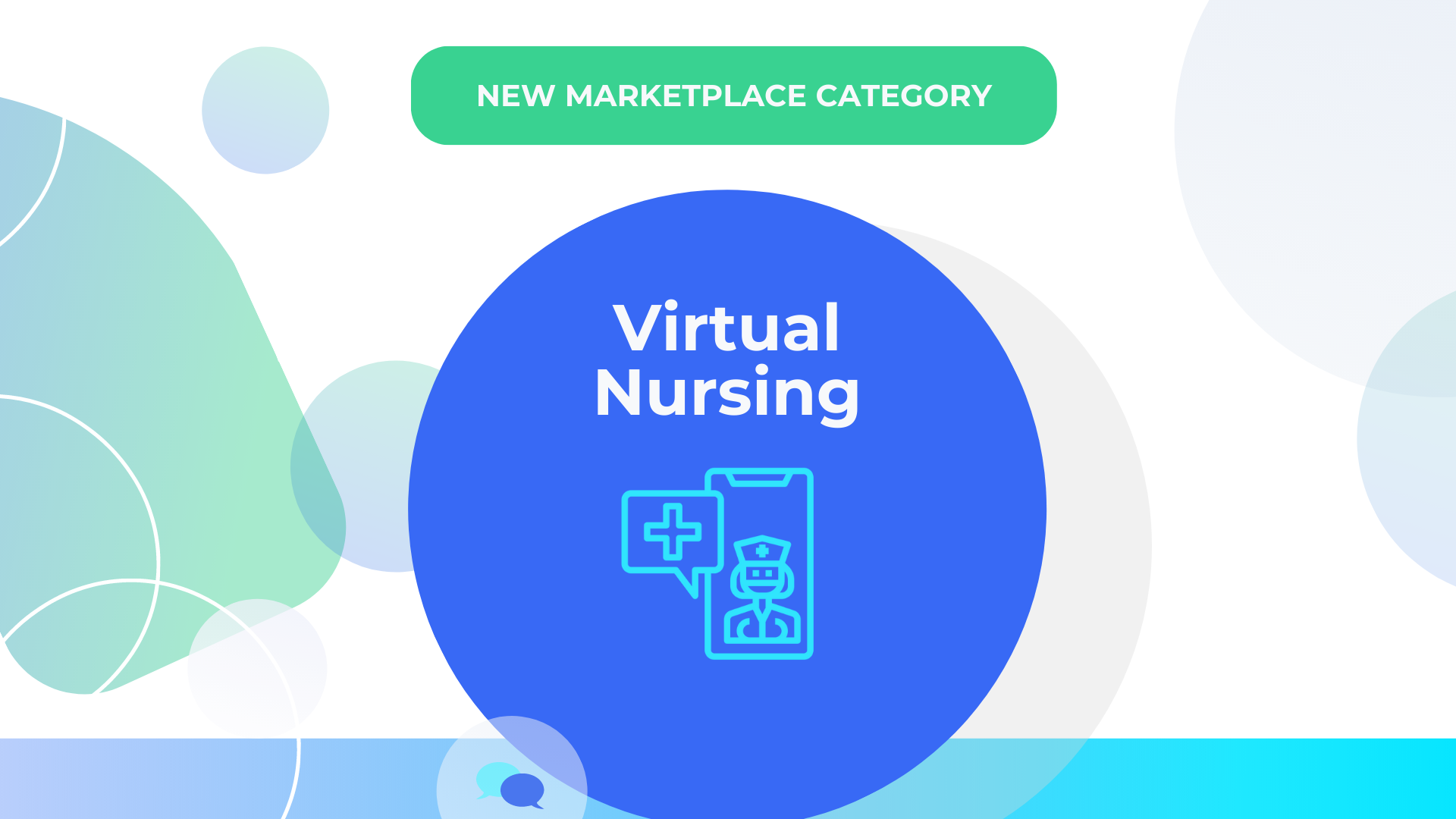Panda Health is excited to announce the addition of our newest category: Virtual Nursing.
What is Virtual Nursing?
The future of nursing is virtual, with bedside and virtual nurses working together to triage patients, conduct their rounds, determine interventions, verify medications, deliver patient education, and coordinate and complete discharge processes. Virtual nursing solutions allow healthcare organizations to offer knowledge-based nursing as a remote care option, either as an expansion or extension of bedside and outpatient nursing.
How could Virtual Nursing benefit hospitals and health systems?
Virtual nursing improves access to care, reduces costs, and improves patient outcomes. Here are some of the specific benefits of virtual nursing:
- Enhancing care team capacity: By connecting directly with bedside nurses, virtual nurses can help facilitate head-to-toe patient assessments, meticulously evaluating various aspects of the patient’s health. This evaluation allows for a more comprehensive understanding of their condition and enables prompt action to prevent potential complications and promote rapid recovery.
- Addressing nursing staff burnout: Virtual nursing models reduce nursing staff workload at the bedside while enabling some nurses to remain in the workforce longer. It provides the option to transition into a less physically intensive role. Additionally, virtual nursing supports reducing burnout and turnover for bedside staff, helping fill gaps, and providing staffing coverage where healthcare facilities may be thin while creating more flexibility.
- Reducing staff and turnover costs: Virtual nursing can help to reduce healthcare costs by reducing the need for in-person visits. This can help reduce overall hospital nursing labor costs by ensuring the hospital doesn’t have to use traveling nurses/per diem nurses/contract nurses, or incur nurse overtime wages.
- Improving patient outcomes: Virtual nursing can help to improve patient outcomes by providing patients with more personalized care. Virtual nurses can also help identify patients at risk for complications and intervene early.
Here are some of the ways that virtual nursing is being used in hospitals and health systems today:
- Virtual assessments: Real-time determination and triaging of patients who are becoming critically ill, including an assessment of deterioration for urgent versus emergent interventions.
- Virtual monitoring: Proactive, systematic, nurse-driven, evidence-based intervention that helps nursing anticipate and address patient needs. Virtual monitoring includes two-way audio/video connectivity and real-time access to patient data.
- Post-discharge & education: Virtual nurses connect to patient rooms to educate patients and their caretakers about their conditions, procedures, and care.
Virtual nursing is a rapidly growing field that has the potential to revolutionize the way healthcare is delivered. As technology continues to improve, we can expect to see even more widespread adoption of virtual nursing.
